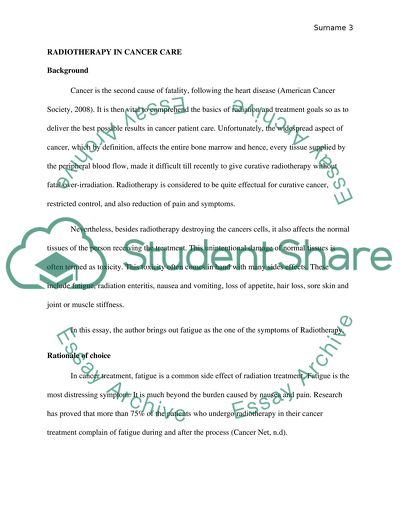Cite this document
(“Radiotherapy in cancer care Essay Example | Topics and Well Written Essays - 2000 words”, n.d.)
Retrieved from https://studentshare.org/nursing/1603223-radiotherapy-in-cancer-care
Retrieved from https://studentshare.org/nursing/1603223-radiotherapy-in-cancer-care
(Radiotherapy in Cancer Care Essay Example | Topics and Well Written Essays - 2000 Words)
https://studentshare.org/nursing/1603223-radiotherapy-in-cancer-care.
https://studentshare.org/nursing/1603223-radiotherapy-in-cancer-care.
“Radiotherapy in Cancer Care Essay Example | Topics and Well Written Essays - 2000 Words”, n.d. https://studentshare.org/nursing/1603223-radiotherapy-in-cancer-care.


